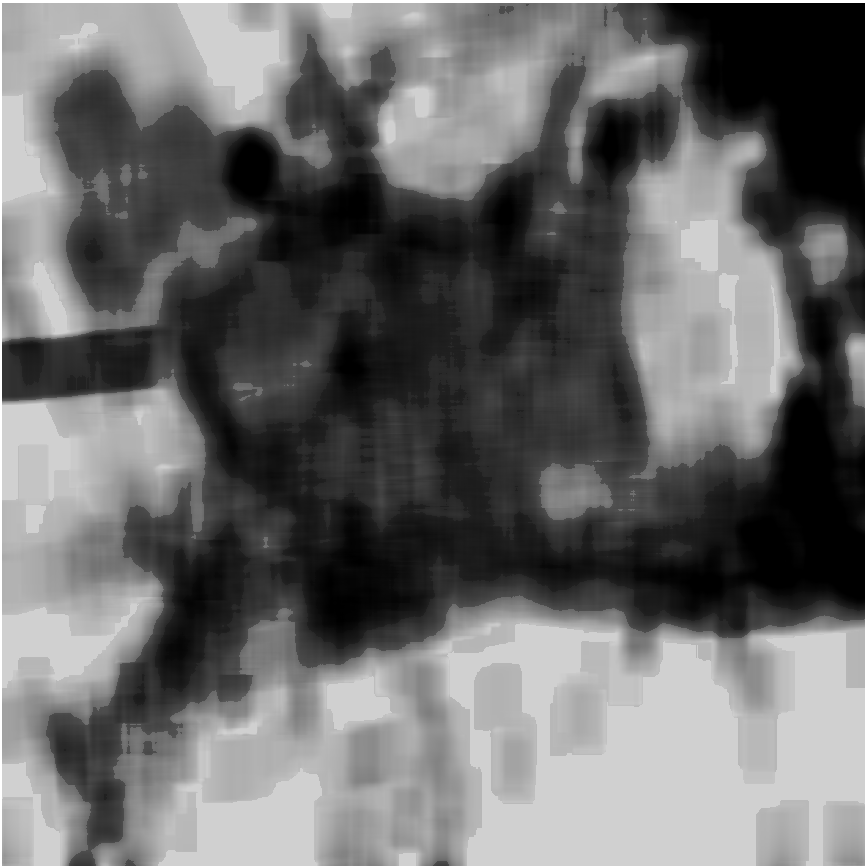Benchmark Wageningen analysis: Difference between revisions
No edit summary |
|||
| (3 intermediate revisions by 2 users not shown) | |||
| Line 19: | Line 19: | ||
<ul> | <ul> | ||
<li style="display:inline-block">[[File:wind_speedwageningen_2_augustus_2013_12_utc_hva.png|300px|thumb|Wind speed August 2, 2013 12 UTC | <li style="display:inline-block">[[File:wind_speedwageningen_2_augustus_2013_12_utc_hva.png|300px|thumb|Wind speed August 2, 2013 12 UTC]]</li> | ||
<li style="display:inline-block">[[File:wind_speed_wageningen_2_augustus_2013_12_utc_tygron.png|300px|thumb|Wind speed August 2, 2013 12 UTC as calculated by the {{software}}]]</li> | <li style="display:inline-block">[[File:wind_speed_wageningen_2_augustus_2013_12_utc_tygron.png|300px|thumb|Wind speed August 2, 2013 12 UTC as calculated by the {{software}}]]</li> | ||
<li style="display:inline-block">[[File:wind_legend.png]]</li> | <li style="display:inline-block">[[File:wind_legend.png]]</li> | ||
| Line 29: | Line 29: | ||
The Wageningen PET Test Case contains a tree height polygon data source. Per polygon, the maximum height is stored and the polygon itself represents the crown of the tree. Unfortunately, this results in generally too much foliage height, since the decline of the trees towards the edges of the crown is not taken into account. Having generally more foliage height lead to more shade and more wind reduction than there actually should be. | The Wageningen PET Test Case contains a tree height polygon data source. Per polygon, the maximum height is stored and the polygon itself represents the crown of the tree. Unfortunately, this results in generally too much foliage height, since the decline of the trees towards the edges of the crown is not taken into account. Having generally more foliage height lead to more shade and more wind reduction than there actually should be. | ||
Therefore, we decided to create a new tree height | Therefore, we decided to create a new tree height [[GeoTIFF]], using the tree height polygons as the location of the tree crowns. We manually created a foliage height GeoTIFF by rasterizing the tree height polygons and overlaying this with both the surface and terrain heights. By subtracting these heights, one can obtain an approximated foliage height GeoTIFF, as can be seen below. | ||
<ul> | |||
<li style="display:inline-block">[[File:foliage_heights_wageningen.png|x300px|thumb|left|Overview of the foliage height in Wageningen]]</li> | |||
<li style="display:inline-block">[[File:foliage_heights_wageningen_zoomed.png|x300px|thumb|center|Zoomed in on the foliage height in Wageningen, east-south-east corner of the overview]]</li> | |||
<li style="display:inline-block">[[File:foliage_legend.png]]</li> | |||
</ul> | |||
<br style="clear:both;"> | <br style="clear:both;"> | ||
The generated foliage | The generated foliage GeoTIFF may however result in more height variations among the trees, resulting in more [[Wind_calculation_model_(Heat_Overlay)|frontal foliage surface]] than should be counted. | ||
More research has to be done to find out what effect this variation of foliage height on wind reduction. | More research has to be done to find out what effect this variation of foliage height on wind reduction. | ||
==Vegetation fraction spatial variation== | ==Vegetation fraction spatial variation== | ||
The vegetation fraction in the PET Wageningen result has been calculated using the RGB and Infra-red imagery data. In the Tygron engine the vegetation fraction is determined by the [[ | The vegetation fraction in the PET Wageningen result has been calculated using the RGB and Infra-red imagery data. In the Tygron engine the vegetation fraction is determined by the [[building]]s , their [[Function|function]] and [[Terrain|terrains]] in case no buildings are present. | ||
==See also== | ==See also== | ||
Latest revision as of 15:20, 7 October 2022
The Wageningen provided and Tygron generated PET overlays be seen below:

PET daytime map for August 2, 2013 12 UTC with the meteorology of the reference station Herwijnen from the DPRA Heat stress report 
PET daytime map for August 2, 2013 12 UTC with the weather data from the reference station Herwijnen as calculated by the Tygron Platform 
A few differences in the PET results can be explained by differences in input data:
- Foliage height source.
- Wind calculation for areas with a lot of foliage.
- The spatial variation of vegetation, especially in gardens.
- Slight Geometry data version, buildings, parking lots and water present / not present.
Foliage and the effect on wind
The calculated wind speed differs on areas with large amount of trees, as you can see the images below (Tygron wind map is on the right):

Wind speed August 2, 2013 12 UTC 
Wind speed August 2, 2013 12 UTC as calculated by the Tygron Platform 
The foliage input data might be a cause for these differences. See the next section for a possible explanation and possible improvements.
Foliage input generation
The Wageningen PET Test Case contains a tree height polygon data source. Per polygon, the maximum height is stored and the polygon itself represents the crown of the tree. Unfortunately, this results in generally too much foliage height, since the decline of the trees towards the edges of the crown is not taken into account. Having generally more foliage height lead to more shade and more wind reduction than there actually should be.
Therefore, we decided to create a new tree height GeoTIFF, using the tree height polygons as the location of the tree crowns. We manually created a foliage height GeoTIFF by rasterizing the tree height polygons and overlaying this with both the surface and terrain heights. By subtracting these heights, one can obtain an approximated foliage height GeoTIFF, as can be seen below.

Overview of the foliage height in Wageningen 
Zoomed in on the foliage height in Wageningen, east-south-east corner of the overview 
The generated foliage GeoTIFF may however result in more height variations among the trees, resulting in more frontal foliage surface than should be counted.
More research has to be done to find out what effect this variation of foliage height on wind reduction.
Vegetation fraction spatial variation
The vegetation fraction in the PET Wageningen result has been calculated using the RGB and Infra-red imagery data. In the Tygron engine the vegetation fraction is determined by the buildings , their function and terrains in case no buildings are present.
See also




